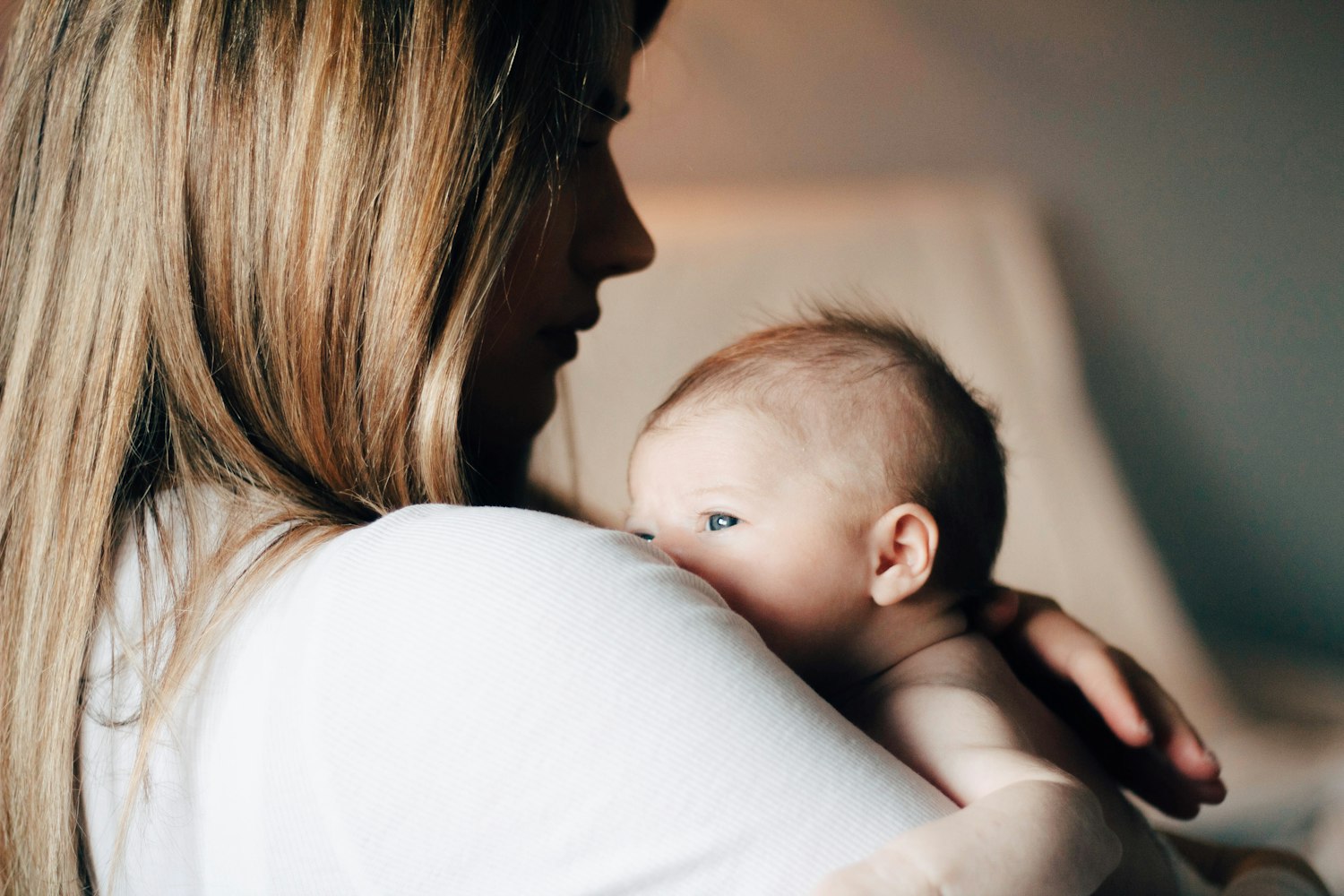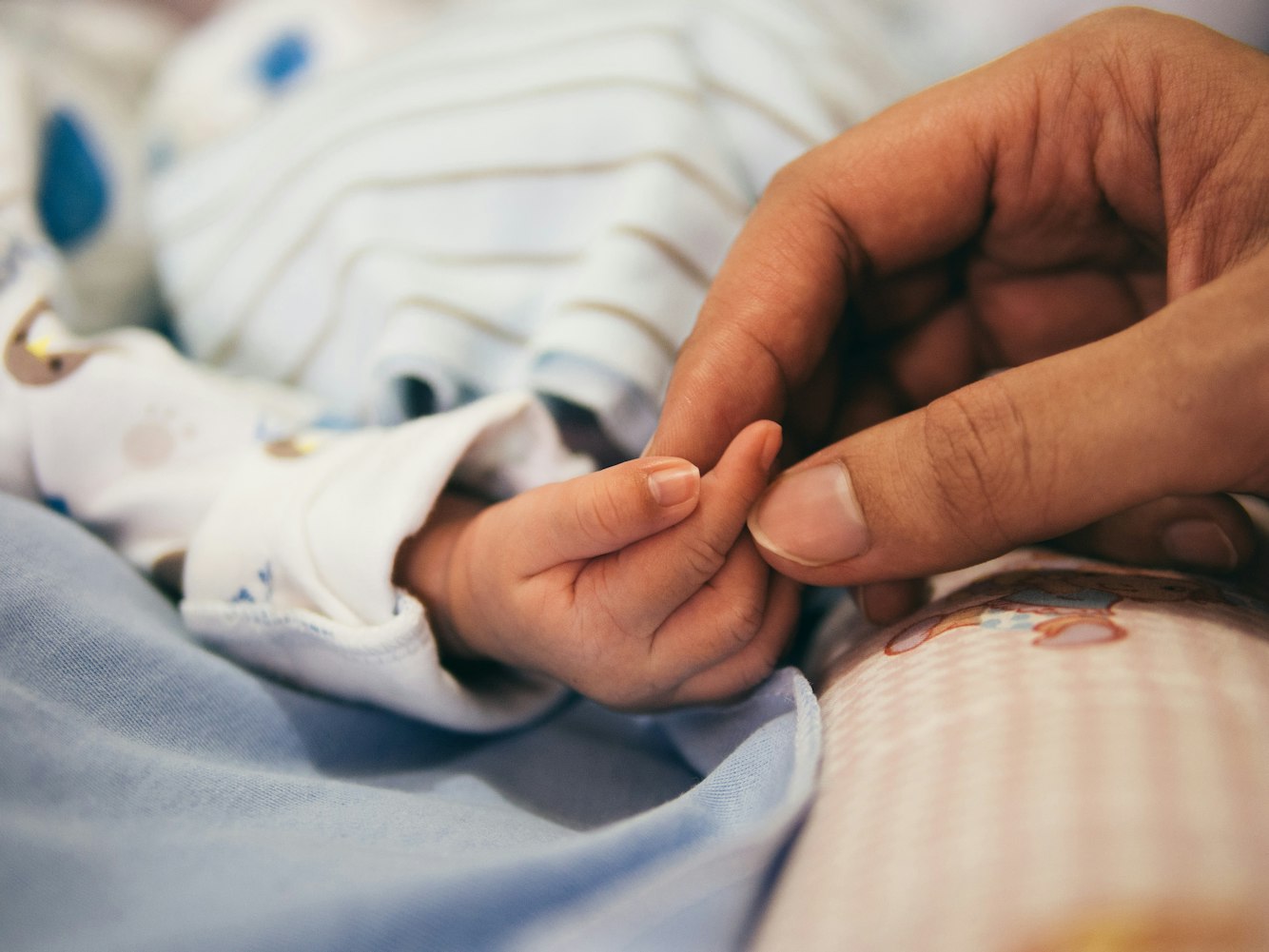The rise of baby breathing monitors is perhaps one of the greatest symptoms that being a first-time parent is the heaviest responsibility anyone ever gives us as people. From one day to the next, you’re responsible for the survival of a tiny human.
As a first-time mom or dad, we’re filled with fear as we ponder the terrifying possibility that our baby could- for any reason- stop breathing. Their breath seems to be the one thing keeping us going through the sleepless nights, the struggles. Of course, with the help of some baby gear and baby tech.
When shopping for your baby gear, a baby monitor is one of the most important purchases you’ll make. Having the right baby monitor will make or break your nights and, frankly, your peace of mind.
As baby monitors become more high tech, the ability they have to show you the peaceful and safe sleep of your baby increases. Whether you’re particularly worried about being there for your baby while they sleep even if you’re resting yourself, or you just want to take a look at them from anywhere, these baby breathing monitors can help.
In this post, we’ll answer not just what breathing monitors are, but also how they detect heart rates and oxygen levels, whether they prevent SIDS, and what the best ones out there are.
Guide to this post:
- What are baby breathing monitors?
- Do breathing monitors prevent SIDS?
- Do baby monitors detect breathing?
- How to choose a baby monitor
- What are the best baby monitor for breathing detection?
What are baby breathing monitors?
There are lots of different types of breathing baby monitors out there. Some are wearable, others use computer vision, some track your baby’s breathing movements while others actively track heart rate. Some even track your baby’s face to make sure it stays clear of objects that could obstruct their airways.
Read more about the best baby monitors of 2021 to see all your baby monitor options.
Parents often turn to these types of monitor to sleep more peacefully and accomplish other tasks while knowing their children are okay.

Do breathing monitors prevent SIDS?
No baby breathing monitor or movement monitor will state in their description that they actively prevent SIDS. This isn’t because they aren’t helpful but rather because Sudden Death in babies is still vastly mysterious to researchers and physicians. Though there are many practices that help babies be safer, nothing is guaranteed because we don’t fully understand why it happens.
The best prevention for SIDS we have currently to take is every logical one: establishing a safe sleeping environment for babies. Pediatricians have many suggestions about how to do that in your own home. These include having the right tools to make sure baby’s sleeping positions are optimal and keeping a baby monitor that alerts you when something looks risky.
At the end of the day, with or without proactive notifications about your baby’s safety risks, parents still need to step in when the time is right to help their children if they need. After all, no one is better at keeping your baby safe then you.

Do baby monitors detect breathing?
Short answer: yes. Some baby breathing monitors wearable and clip to your baby’s diaper or wrap around your baby’s foot to detect their heart rate, oxygen levels, and vitals. They use the same technology that devices like your Fitbit and Apple Watch use to track babies’ oxygen levels and heart rate, though those have also been called into question in terms of accuracy. Heart rate monitors, whether on baby monitors, gym equipment, etc., can all be slightly off and not perfectly accurate. They’re meant to give you a rough idea of where your heart rate sits.
Other baby breathing monitors use computer vision to catch the movement of your baby’s abdomen as it moves with their breathing.
There are other ways of tracking your baby’s breathing if they suffer from sleep apnea or if they were premature. Your local hospital can either rent you or suggest equipment for these types of issues. Your pediatrician will always know best regarding these situations, so talk to them first.
If it’s not explicitly recommended for your baby, you might still find it comforting to see your baby in HD day or night and know whether they’re breathing and they’re okay.
How to choose a baby monitor
When navigating the wide world of what’s available in terms of baby monitors, you’ll want to keep a few criteria in mind. This will help you evaluate the pros and cons of every product out there.
- Price: If your budget is $30-$40, it’s likely that breathing monitoring isn’t going to be a part of that package. There are some $50-$300+ options available out there, so make sure you know what you want to spend.
- Reviews: people’s rating of the product can tell you a lot about how much of a difference it makes in their lives. Of course, take these with a grain of salt as for any product you’ll find some disgruntled customers. If they’re in the majority, definitely ask more questions as to why that might be.
- Camera Quality: You definitely want a camera with a High Definition camera day and night
- Additional features: There are a lot more features than just breathing detection these days. Smart baby monitors offer auto photo capture, covered-face alerts, lullabies, and so much more. Find the features you want the most and get the monitor that offers them at a price point you can manage.
- Shelf-life: Buying baby supplies and gear is very expensive. Any parent knows the grief of trying to put clothes on your baby that they’ve outgrown before they ever wore them! Especially when they’re gifts from loved ones. They grow so fast that buying expensive things that won’t last long is a struggle. If your monitor can also turn into a toddler and nanny cam, it could be much more worth it.
What are the best baby monitor for breathing detection
| Product Photo | Breathing Monitor | Price Point | Pros and Cons |
| Levana Oma Sense | $ | Pros: Simple and easy to use. Batteries last for about 2 months. Cons: clip-on contact monitor, some reported false alarms | |
| Sense-u | $ | Pros: Offers alerts when baby rolls over, great for a lower budget, small, and not too bulky. Cons: the battery doesn’t seem to last very long, several reports of no battery after a month | |
| Miku baby monitor | $$$ | Pros: no-contact breathing detection, movement, and more with lots of features. Cons: According to Healthline.com It has a reputation for bad connection and unreliable readings | |
| Owlet Baby Monitor | $$$ | Pros: provides both breathing and oxygen levels and comes in several colors. Cons: it reportedly sends some false alarms and lack of connection. | |
| Nanit Baby Monitor | $$$ | Pros: no-contact breathing monitoring. Lots of other features. Cons: If your baby doesn’t like wearing swaddles, this breathing detection simply won’t work. | |
Snuza | $$ | Pros: Best Clip-On according to Healthline. It’s one of the most affordable. Cons: parents say it’s too big for newborns. | |
| Angelcare | $$ | Pros: It’s a no-contact sensor pad placed under the baby’s mattress. Cons: the sensors don’t cover the whole mattress so you can get false alarms if your baby moves to the edges. | |
| Monbaby | $ | Pros:Costs around $50, tracks when baby rolls onto stomach and sets off an alarm. Cons: it’s a wearable clip-on and needs a new battery after about 10 days (or you can buy a pricier rechargeable one) |
Takeaways
Regardless of which baby monitor you choose to track and monitor your baby’s vital signs, it should fit your family’s needs and concerns.
Know that not every family uses a breathing monitor, some opting for more proactive approaches instead. Other families even choose to go for a traditional walkie-talkie type of monitor.
There are options out there for a reason. Your peace of mind is the most important thing to keep in mind and make the final decision.
This Cubo Ai post is purely informational and is not meant to be taken as medical advice. If you have any questions or concerns about your baby’s breathing, consult your pediatrician.